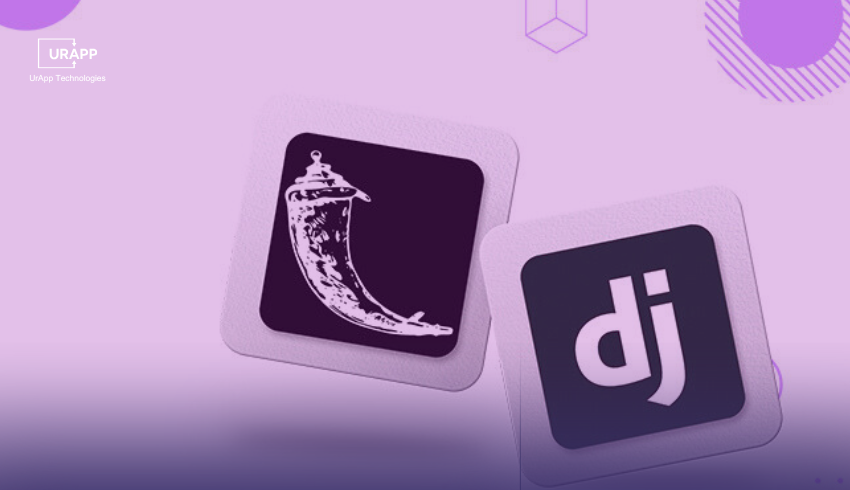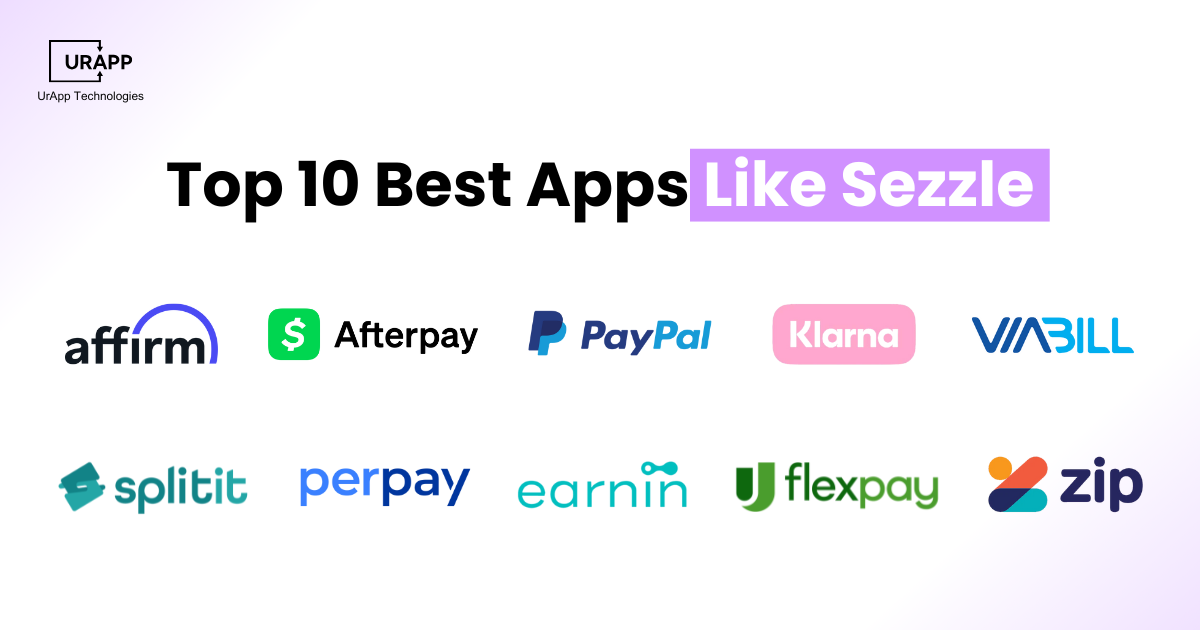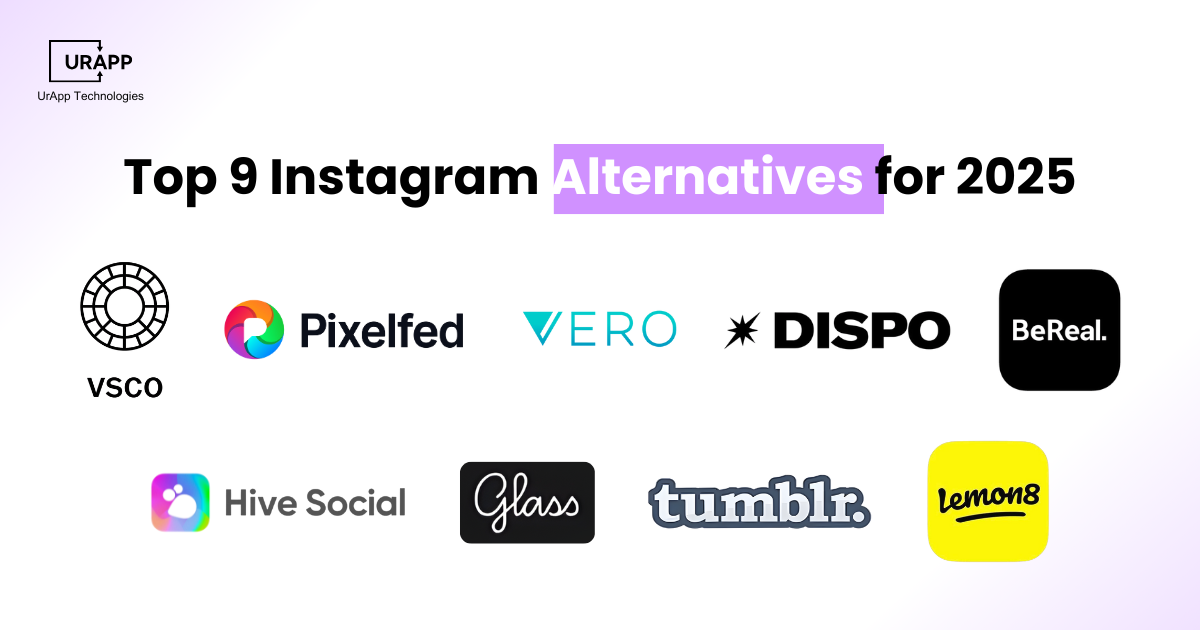Django vs Flask: Which Python Framework Wins?
Choosing the right web framework is essential for efficient development. Developers often compare Django vs Flask to determine which framework aligns best with their project requirements. Django and Flask are two popular tools for building websites with Python. Flask was made for developers who want more control and flexibility when creating their apps. In contrast, Django comes with more built-in features but doesn’t let you change much. Flask is easy to use, and experienced developers can build projects quickly with it, even if they’re short on time.
Key Takeaways
- Django is a high-level Python framework with built-in features like ORM, authentication, and an admin panel. Best for large, secure, and scalable projects with fast development needs.
- Flask is a lightweight micro-framework offering full control and flexibility. Ideal for small projects, prototypes, APIs, or when minimal setup is required.
- Use Django when you need rapid development, built-in tools, and enterprise-level scalability.
- Use Flask when you prefer customization, a lightweight architecture, and control over every component.
- Both frameworks support mobile app backend integration: Django for structured APIs and Flask for flexible services.
What is Django?

- Django is a top-level Python web framework designed to speed up development.
- It follows the MVT (Model-View-Template) design pattern.
- Django supports security and scalability within its structure.
- It includes many built-in features, reducing the need for additional tools or libraries.
- Follows a “batteries-included” approach, meaning essential features come ready to use.
Built-in tools include:
-
- Admin panel
- Object-Relational Mapping (ORM)
- Authentication system
- Django is ideal for large-scale applications that need a well-structured, secure, and fast development process.
Key Features of Django
- Django promotes reusable code and follows the “Don’t Repeat Yourself” (DRY) principle, helping speed up development.
- It comes with built-in security features that protect against:
- SQL injection
- Cross-site scripting (XSS)
- Cross-site request forgery (CSRF)
- Django’s ORM (Object-Relational Mapping) lets developers manage databases using Python code instead of writing raw SQL.
What is Flask?

- Flask is a flexible and lightweight Python web framework.
- It follows a micro-framework approach, unlike Django’s full-stack model.
- Developers can include only the components they need, making it highly customizable.
- Flask is ideal for smaller projects that require custom development.
- It offers a minimalistic core, giving full control over the application’s structure.
- Flask’s simplicity allows building apps with fewer restrictions.
- Preferred for projects that need scalability and customization without extra features or overhead.
Key Features of Flask
- Simplicity & Flexibility: Flask doesn’t force a specific structure, giving developers full control over how they organize their projects.
- Extensible: Developers can add only the features they need using Flask's wide range of extensions.
- Fast Development: Its basic routing and templating system allow quick builds, making it ideal for rapid development.
Django Vs. Flask: Understanding The Major Differences
| Criteria | Django | Flask |
|---|---|---|
| Framework Type | Full-stack (built-in ORM, admin, auth) | Micro-framework (flexible, minimal setup) |
| Performance | Slightly heavier but stable for large apps | Lightweight, faster for small projects |
| Scalability | Ideal for enterprise-level scalability | Best for smaller, evolving apps |
| Security | Built-in protection (CSRF, SQLi) | Custom security setup needed |
| Learning Curve | Steeper, detailed docs | Easier for beginners |
| Community | Larger, mature ecosystem | Smaller but growing |
Framework Structure and Components
Django
- Comes with built-in ORM, authentication, and admin panel for faster development.
- Supports URL routing, form handling, and middleware out of the box.
- Reduces the need for third-party tools.
- Enforces a structured and organized development pattern.
Flask
- Requires external libraries for features like ORM, authentication, and session handling.
- Offers flexibility in how developers structure and build their applications.
- Ideal for those who prefer full control over project architecture.
Performance and Speed
Flask
- Lightweight nature ensures better performance for small applications.
- Typically has lower memory consumption due to its minimalistic approach.
Django
- Built-in features may appear slower but excel in handling complex projects efficiently.
- Appropriate for enterprise-level systems because of its performance optimization for larger applications.
- The trade-off between performance demands and built-in features determines whether to choose Flask or Django.
Scalability and Flexibility
Django
- Supports large applications with structured development.
- Built-in components help maintain scalability without requiring additional configurations.
- Ensures consistency in complex projects.
- Often chosen by enterprises handling large user bases.
Flask
- Allows developers to integrate custom components, making it suitable for flexible applications requiring personalized features.
- Flexibility benefits applications that evolve over time.
- Preferred by businesses with evolving requirements.
Security Features
Django
- Provides built-in security features such as SQL injection protection and CSRF prevention.
- Includes authentication systems, clickjacking protection, and secure session management.
- Preferred choice for security-focused applications.
- Benefits applications handling sensitive user data due to strong security features.
Flask
- Requires additional security configurations.
- Flexibility allows developers to implement custom security measures.
- Custom implementation requires additional effort.
Learning Curve and Documentation
Django
- Extensive documentation helps beginners.
- Requires understanding of ORM, authentication system, and middleware.
- Framework’s structure demands more learning.
Flask
- Easier for new developers.
- Offers flexibility without a steep learning curve.
- Straightforward syntax and minimal setup.
- Preferred choice for beginners in web development
Community Support and Ecosystem
Django
- Has a large and active developer community
- Provides extensive support and resources for problem-solving
- Offers a wide ecosystem of third-party integrations, libraries, and plugins
- Maintains well-supported packages that streamline development challenges
Flask
- Has a smaller environment compared to Django, but a vibrant and growing community
- Offers flexibility to integrate with various external libraries and tools
- Encourages customization, allowing developers to extend functionality as needed
Choosing the Right Framework: Django or Flask
Both Django and Flask are powerful Python frameworks used for web and mobile backend development. However, the right choice depends on your project’s size, complexity, and flexibility requirements. Django is ideal for large, structured systems, while Flask fits lightweight and customizable applications.
When to Choose Django?
-
You need built-in features like ORM, authentication, and an admin panel.
-
You’re developing a large or enterprise-level web application.
-
You want to save time with pre-configured tools and structure.
-
Your project must be scalable, secure, and maintainable long-term.
-
Commonly used for backend APIs in Android or enterprise apps.
When to Choose Flask?
-
You prefer more control over your project’s architecture.
-
You’re building a smaller, custom, or prototype application.
-
You want to add only the features you need.
-
Perfect for lightweight APIs or microservices.
-
Works well for mobile apps needing flexible backend solutions.
Conclusion
The difference between Flask and Django determines the right framework for development. Django provides a structured approach with built-in features, making it suitable for enterprise applications. Flask offers flexibility, allowing developers to build customized solutions. Businesses must evaluate their project requirements before choosing a framework. If you want expert guidance on selecting the right framework for your project, partner with UrApp Tech today.







